
 Update: Videos added below. Moog also posted some pics on flickr here. If you have an iPad, this is definitely worth picking up. What you are looking at is the X/Y pad display of the Path and Orbit Modules. If you are familiar with Vector synthesis, think of this as a place you can draw paths for the note being held to travel and morph sound. You can set the path to loop, go back and forth or just go through once, and you can set the speed and distance relative to the path. It's pretty impressive. If you picked up the app, select PATH on the right of the X/Y pad where the Filter is, click Edit, draw a path, set the Rate to 3 or 2, hold a note and watch. while holding a note, move your finger from the bottom of the "key" to the top. You'll notice the light indicating the note will drift from the path when you slide up. You can also grab and move the path in the X/Y screen. See the videos below for more.
Update: Videos added below. Moog also posted some pics on flickr here. If you have an iPad, this is definitely worth picking up. What you are looking at is the X/Y pad display of the Path and Orbit Modules. If you are familiar with Vector synthesis, think of this as a place you can draw paths for the note being held to travel and morph sound. You can set the path to loop, go back and forth or just go through once, and you can set the speed and distance relative to the path. It's pretty impressive. If you picked up the app, select PATH on the right of the X/Y pad where the Filter is, click Edit, draw a path, set the Rate to 3 or 2, hold a note and watch. while holding a note, move your finger from the bottom of the "key" to the top. You'll notice the light indicating the note will drift from the path when you slide up. You can also grab and move the path in the X/Y screen. See the videos below for more.Original post:

 Animoog - Moog Music Inc. Currently $.99 for 30 days. Regular price will be $29.99. Two tweets captured for the archives from @moogmusicinc - 8:34 PM PST and the original tweet at 8:29 PM PST. [This post went up at 8:33 PM PST]
Animoog - Moog Music Inc. Currently $.99 for 30 days. Regular price will be $29.99. Two tweets captured for the archives from @moogmusicinc - 8:34 PM PST and the original tweet at 8:29 PM PST. [This post went up at 8:33 PM PST]Description from iTunes:
"Animoog, powered by Moog’s new Anisotropic Synth Engine (ASE), is the first professional polyphonic synthesizer designed exclusively for the iPad. ASE allows you to move dynamically through an X/Y space of unique timbres to create a constantly evolving and expressive soundscape.
 Animoog captures the vast sonic vocabulary of Moog synthesizers and applies it to the modern touch surface paradigm, enabling you to quickly sculpt incredibly fluid and dynamic sounds that live, breathe, and evolve as you play them.
Animoog captures the vast sonic vocabulary of Moog synthesizers and applies it to the modern touch surface paradigm, enabling you to quickly sculpt incredibly fluid and dynamic sounds that live, breathe, and evolve as you play them. Visually captivating and sonically immersive, Animoog brings iPad based music production to the next level. Whether you are new to synthesis or a professional, Animoog’s unique user interface gives you the power to easily create a visually vibrant and sonically rich universe. It is the ultimate tool for total creative expression!
Visually captivating and sonically immersive, Animoog brings iPad based music production to the next level. Whether you are new to synthesis or a professional, Animoog’s unique user interface gives you the power to easily create a visually vibrant and sonically rich universe. It is the ultimate tool for total creative expression! Animoog’s diverse library of timbres is derived from analog waveforms captured from classic Moog oscillators, both vintage and modern, and run through a boutique’s worth of high-end outboard and analog signal processors. These include modular synth panels, Moogerfooger pedals and more.
Animoog’s diverse library of timbres is derived from analog waveforms captured from classic Moog oscillators, both vintage and modern, and run through a boutique’s worth of high-end outboard and analog signal processors. These include modular synth panels, Moogerfooger pedals and more.Animoog is the newest innovation in creative tools from Moog Music, the legendary electronic musical instrument company founded by Bob Moog in Asheville, NC.
We want as many people as possible to experience Animoog. We have decided to make Animoog available for thirty days at the introductory price of $.99. Regular price $29.99.
 Key Features:
Key Features:• Anisotropic Synth Engine (ASE) - An exciting new Moog technology that allows the user to move dynamically through an X/Y space of unique timbres to create an expressive and constantly evolving soundscape.
• Timbre page – Assemble unique sounds in the X/Y space from timbres of a wide variety of vintage and modern Moog synthesizers and pedals. Note: this is NOT simple sample playback.
• Polyphonic Modulation - Simply slide your fingers to control multiple modulation parameters in Animoog right from the keys.
• Polyphonic Pitch Shifting - Easily manipulate the exact pitch of each note in a chord by rotating or sliding your fingers.
• Delay Module - A classic analog style ping pong delay.
• Thick Module - From bit crushing to unison voice detuning and drive, this module adds depth, edge and character to Animoog’s already massive sound palette.
• Moog Filter - The classic four-pole Moog ladder filter with High Pass, Low Pass and Band Pass modes.
• Record Module - Record your performance and overdub new layers, or play along live. Transfer recordings between Animoog and any other apps which support AudioCopy/AudioPaste
• Path Module - Direct ASE through Animoog’s X/Y space to create new expressive and shifting sounds that will blow your mind!
• Orbit Module - Control the rate of orbit in the X/Y space around the path you created for subtle to insane voice manipulation.
• Flexible Modulation Matrix - Amp, Filter and Mod Envelopes, LFO with infinitely variable wave shapes and sync, and four super flexible and assignable modulation slots.
• MIDI in/out - Use your Little Phatty or any other MIDI controller to control Animoog."
Introducing Animoog
YouTube Uploaded by MoogMusicInc on Oct 16, 2011
A Tour of Animoog from Moog Music on Vimeo.
99¢ Polyphony from Moog Music on Vimeo.
99¢ Polyphony from Moog Music on Vimeo.Animoog - Moog Music Inc.
iPads on eBay
And the 1st user vids:
Animoog for iPad demo
Uploaded by aboutdafunk on Oct 16, 2011
"This video was uploaded from an Android phone."
Update:
Prototype Moog demo
YouTube Uploaded by charger959 on Mar 11, 2010
"Eaton-Moog Multi-Touch Sensitive Keyboard (MTS) being demonstrated by John Eaton. (hope i got all that right!)"

via Michelle Moog-Koussa of The Bob Moog Foundation in this post on Professor William Hoskins and His Mystery Moog: "One thing I can tell you for sure is that Dad began working with John Eaton in 1970 on the Multi-Touch Sensitive keyboard [left via]. The main component of the MTS was the touch-sensitive keyboard, of course. It's not out of the realm of possibility that Dad would have used his work with John to push boundaries on another project."
 And via Waves of Inspiration: The Legacy of Moog Exibition Updates
And via Waves of Inspiration: The Legacy of Moog Exibition Updates"In the 1980s, composer and musician John Eaton spent over 10 years developing a new synthesizer with Bob Moog, known as the Eaton-Moog Multi-Touch Sensitive Keyboard (MTS). This rare instrument will be on exhibit for the first time on the west coast beginning in January. Discover the birth of these ground-breaking synths with Deutsch & Eaton."
On a side note, a review on Animoog is up on Wired.
Update via Bob Berries in the comments: "This short tutorial might help to explain how the XY pad works."
Update via Vgermuse in the comments: " Hmmm...the keyboard sure looks a lot like Don Buchla's 216 Touch Controlled Voltage Source from the late 60's and early 70's" The Buchla of course was freely assignable to whatever you wanted it to control.
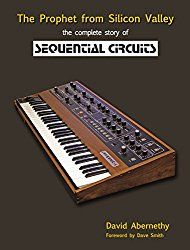



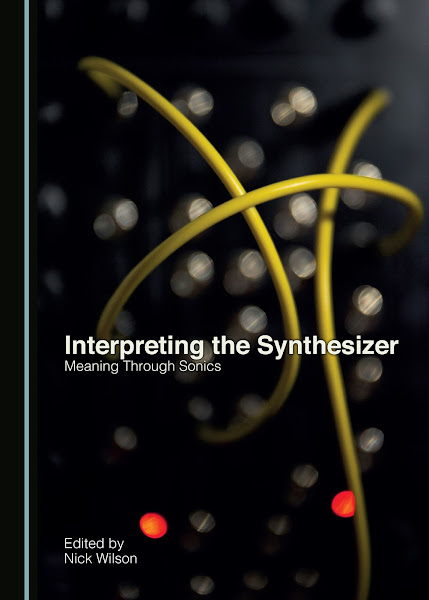
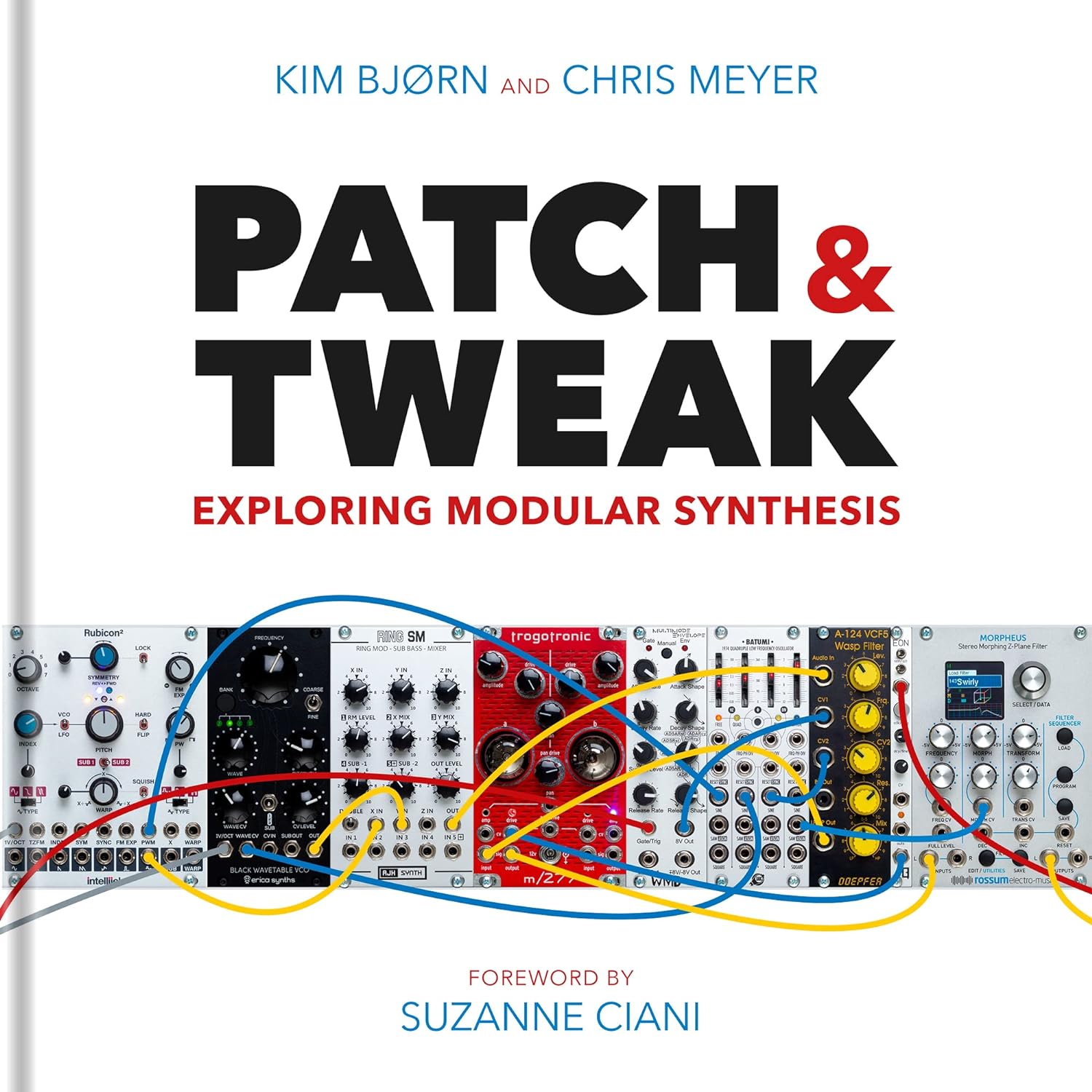

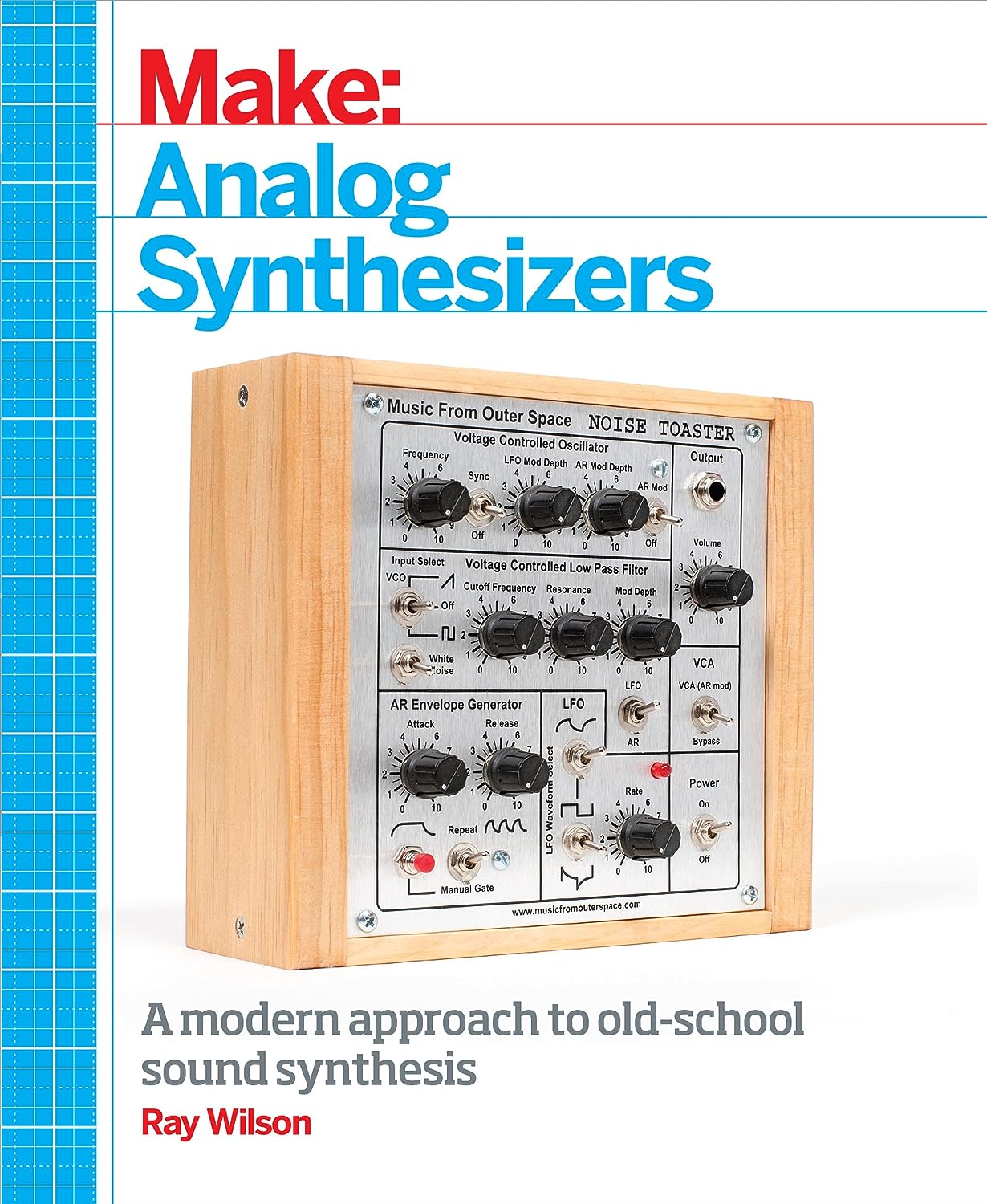

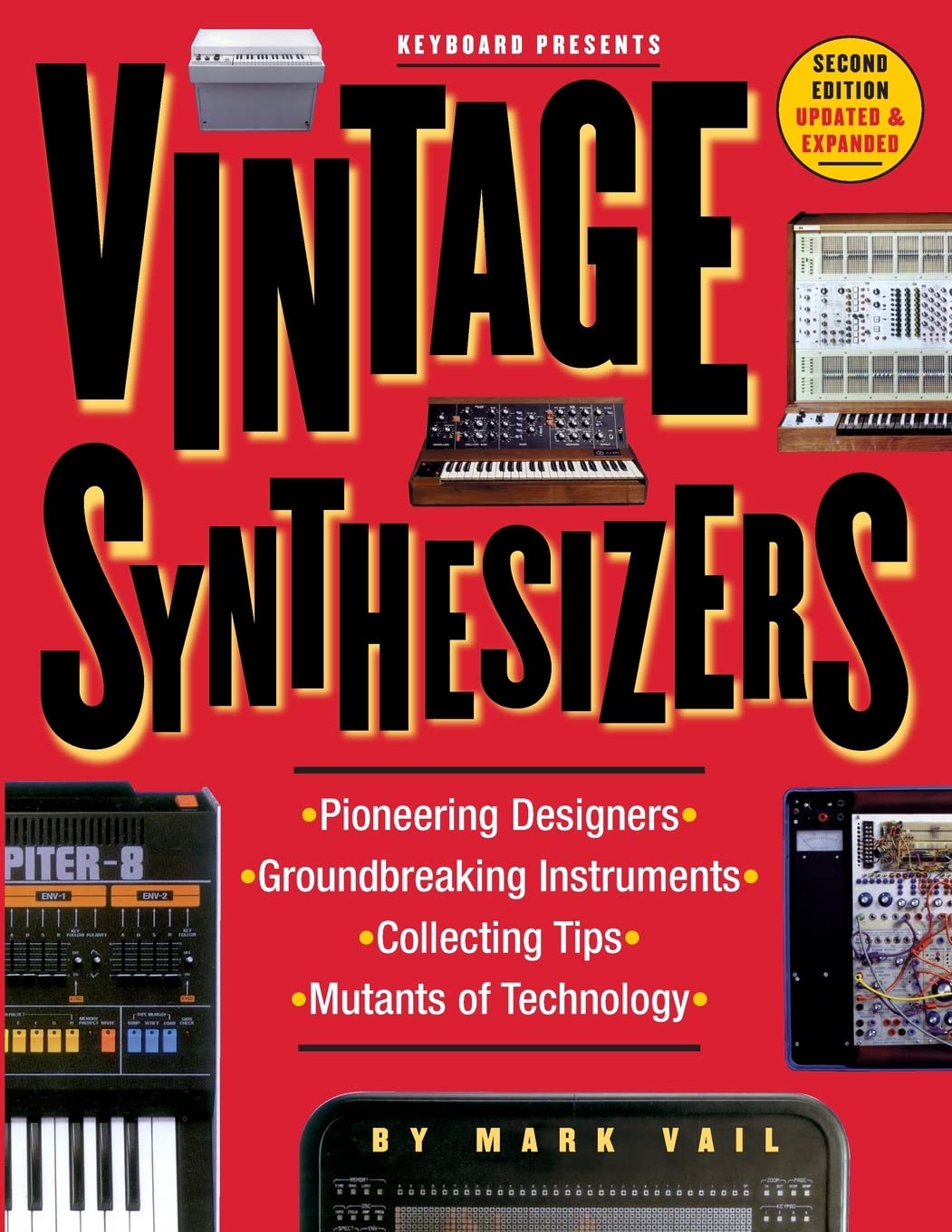
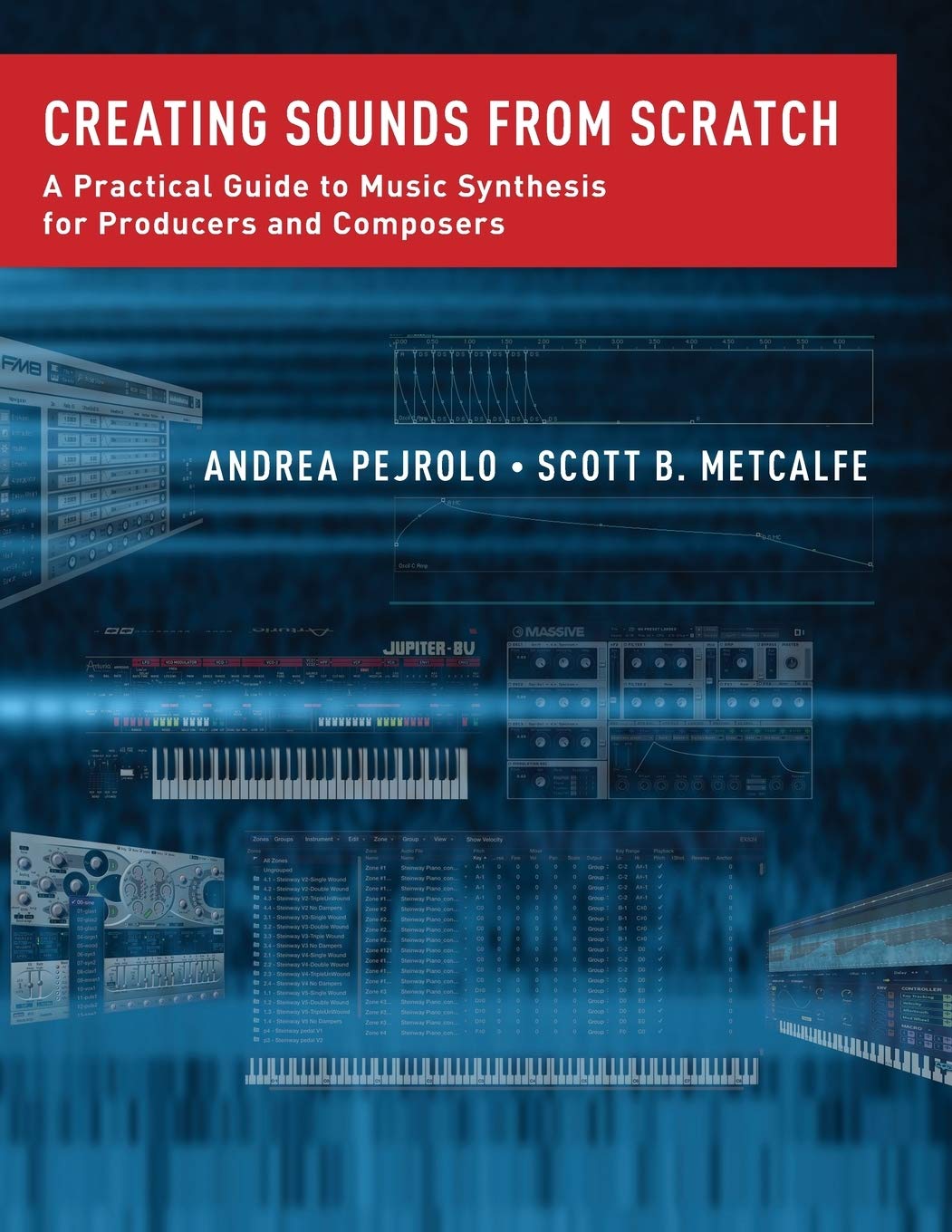
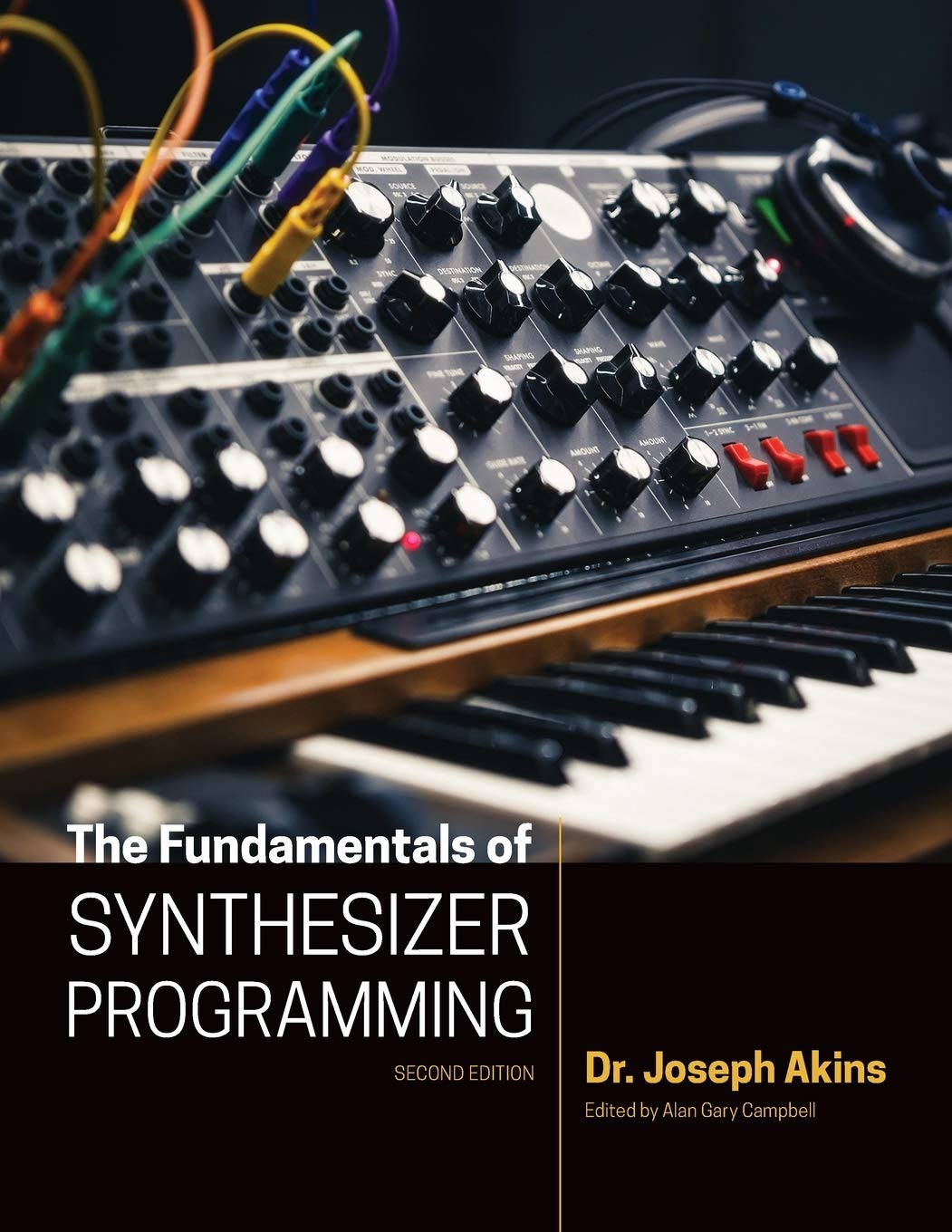















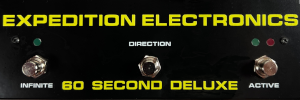
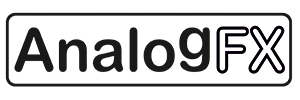










From Moog's website...
ReplyDelete"The heart of Animoog is Moog’s Anisotropic Synthesis Engine (ASE), a technology that has been in development at Moog for nearly six years. Animoog captures the vast sonic vocabulary of Moog synthesizers and applies it to the modern touch surface paradigm..."
Six years? No iPads back then. I smell a new hardware synth coming?
maybe they were originally thinking of releasing a software synth? then the ipad came out and completely changed their direction?
ReplyDeleteHmmm...the keyboard sure looks a lot like Don Buchla's 216 Touch Controlled Voltage Source from the late 60's and early 70's
ReplyDeleteR.A.Moog also made circuit-based controllers that looked like this circa 1967-68 and had instructions for how to build them as touch-sensitive CV pads; published in their magazine called Electronic Music Review.
Deletetotally agree with vgermuse. it's a buchla design.
ReplyDeleteThis short tutorial might help to explain how the XY pad works.
ReplyDeletehttp://www.bobborries.com/Tutorials/AnimoogTutorial.html
Excellent! Thanks Bob. I put a new post up here: http://m.matrixsynth.com/2011/10/how-animoog-xy-pad-works.html. I'll add it to the bottom of this post as well.
ReplyDeleteHow great this would be as a piece of hardware ! Any chances to see this in the future ?
ReplyDelete